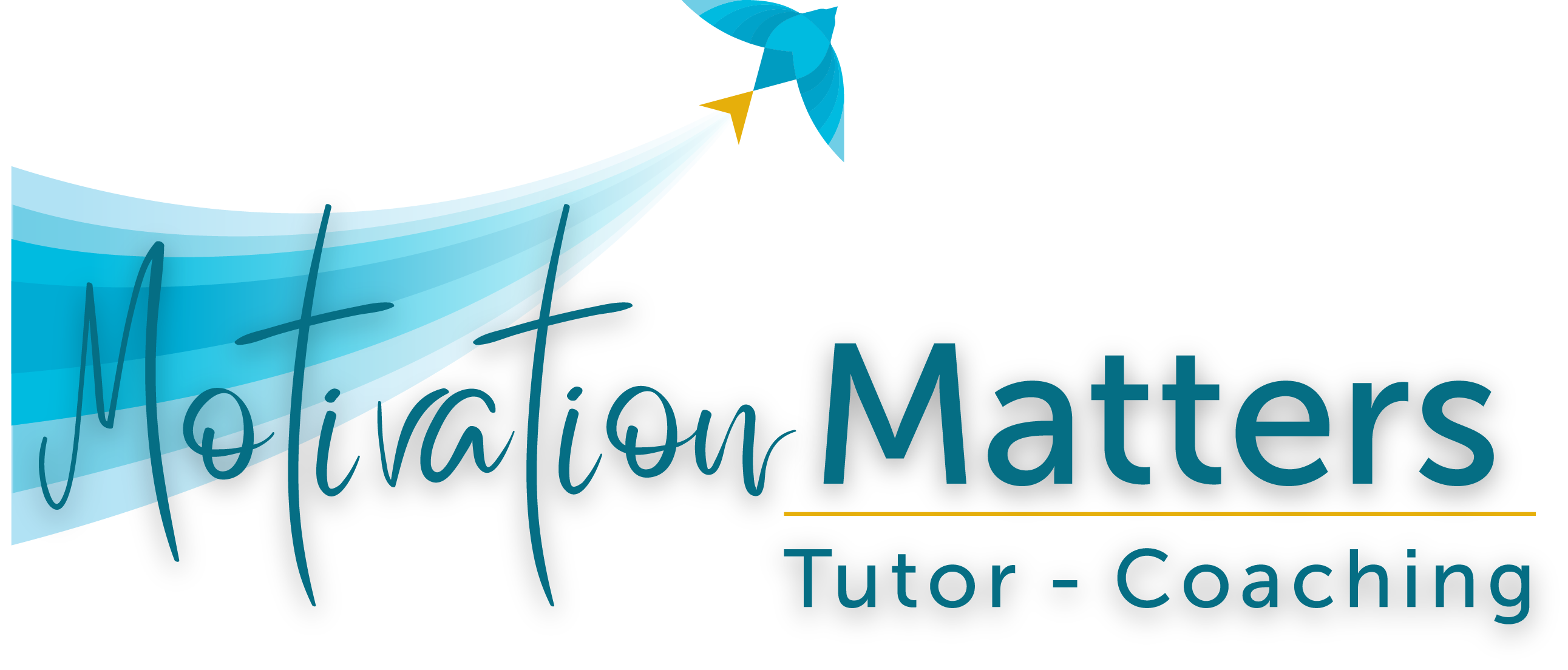Sure. You can change the name of a rose and it still smells just as sweet. But change or mis-label a skill and confusing failure results.
So it’s gone with setting goals, where a colossal 80-90 percent of us fail. And we fail across the board, including health, finance, school, personal growth, and businesses. Yet, achieving goals is the number one path to success. Clearly, something is amiss.
As it turns out, the very name misdirects us. Goal setting is what we are determined to do. But knowing where the goal posts are doesn’t win games! It’s the game plan and the game plays that rack up the winning points. That’s a goal getting process of moving ourselves – as individuals or groups – from “I want” to “I can” to “I will”!
Your I Want Preview
Goal setting is the first step. But for many, setting goals is a motivation killer that briefly names a “should do,” like quit smoking, lose weight, travel more, spend more time with family and friends. Left there, most of us abandon even the idea in less than two weeks. What’s needed is the athlete’s imagined preview, the vision of a game that showcases a heartfelt desire that’s exciting to pursue.
So grab some quiet time, and sketch away with any of these questions until your enthusiasm bubbles up!
TIP: thinking about your answers is good; writing is better.
1. What do I want? Describe what’s desirable.
Is it an end game goal? Work and school assignments are clear examples. So too are your objectives to get a job this month, save for a summer trip, or plan a social event. Record all the details in glowing terms!
Is it improvement that I seek? Any “be better” desire fits here: being healthier, less stressed, more skilled, happier, etc. Describe your own definition of “be better,” include all aspects of it, and picture what having arrived will look like!
2. Why do I want it? Identify the rewards.
What external rewards will I get? List all of the visible awards, purchases, grades, money, or praise from others that achievement will bring. TIP: external rewards alone are not great motivators. Those highs are quick and done.
What internal rewards will I get? Describe the emotional experiences, the inner joys that you will live in, like happiness, love, being smarter, satisfaction, ease, self-pride, fun, etc. TIP: internal rewards deepen the experience and make them great motivators.
Do these rewards inspire me? The best situation is one where there are many external and internal rewards. So, when setting goals identify all the ways getting this goal will make your life better, empower you, or help you in the future.
3. Is it game worthy? Check for motivating power.
Are the goal and rewards personal, desirable, relevant, and fulfilling? Those are the 4 motivators that will carry you to goal wins. Edit out what others want, the “should” objectives, or anything that makes you feel dread, stressed, or burdened. They’re surefire game losers.
Your I Can Game Plan
When setting goals in any sport, there’s a game plan. It can be a coach’s pep talk or an actual binder of plays. It captures the players’ best intentions, current expertise, and game ready methods. It’s the pre-game ideas. And it creates the confidence, energy, and “I can” spirit. This is where goal setting becomes goal getting! To gain this winning advantage, consider – and jot down — these “how to” thoughts.
1. How will I get there from here? Identify doable actions.
What needs to change? To get more, you’ll need to add, delete, and/or modify your current approach. To be more skilled, for example, you’ll need to learn new things, eliminate novice techniques, and/or or get more efficient.
What have I done in the past? Look in your life play book for insights about where to begin. If an exercise buddy gets you to the gym, a study buddy might just improve your learning.
Who can help or support me? Working with what you know keeps you where you are. Who knows more? Can you meet them? Or, check out the books, podcasts, or courses of succeeders.
Where will I do this? A change of venue can change your point of view and your energy. Would a quieter, more organized, more pleasing place help?
2. How will I handle problems that arise? Be prepared!
What problems might come up? If a family gathering or dinner out might sabotage your diet or studying, create contingency plans. You might limit the gathering time, preplan what to eat, or schedule the events for future times when they’ll be less intrusive.
How will the new actions affect my life? One change can start a domino fall. For example, going to bed earlier to get more sleep could affect your night time routine as well as your meal, family, and media time. It’s doable with small shifts that work up to that big change!
3. How will I know I’m making progress? Set up milestones when setting goals.
What’s my growth plan? Big goals need check-in points. Wanting to get a college degree when you’ve only taken a few courses is a worthy goal. But it won’t happen until you focus on a chronological list of steps. You’ll need to have an academic plan, enroll in courses, and complete weekly assignments for each one. Each of those actions is a milestone: a place to check your progress, adjust when you fall short (which we all do), and celebrate every step along the way!
Your I Will Plays
Game time! The starter gun fires, the whistle blows, the jump ball is tossed! Now’s the time for the winning anticipation that produces all-out effort. That’s the goal getting spirit in action!
1. How can I get started? Get motivated!
What’s the prize? It all starts with a review of the rewards. Imagine and anticipate the great feelings of having them! Get pumped! Keep your “eyes” on the prize!
Where should I start? Review your I can plans: organize them from easy to challenging. Start with the very easiest and work your effort and way on up. That’s not just a way to start; it’s progress in the making!
What’s the best time? Choose the day and hours that follow your natural rhythms, not convenience. Planning new physical or mental actions after work is doomed if your energy is highest in the morning. For the win, rearrange your AM routine or use multiple break times for adding in those new actions.
2. How can I create ongoing effort? Get and stay in flow.
What’s the effort level? If a task is too easy, boredom follows; it it’s too hard; frustration reigns. Both lead to quitting. To get into flow, choose tasks that have enough challenge to interest your mind and produce concentrated effort. That’s where progress happens!
How do I meet challenges? Problems, distractions, doubts, and even failures will occur. Identify the stopper: if it’s too much, break it into smaller segments; if it’s too hard, fill in the gaps with learning or do less. Don’t quit; fix!
How can I handle the negative self-talk? With effort comes the “can’ts.” They’re the brain’s exit door. Instead of going through it, tell yourself “yes I can, it’s worth it, I’ve succeeded in the past, do just a little more.” Be your own best coach: encourage and cheerlead yourself towards your goal!
What’s changing? We commonly ignore our progress, and then feel there is none. Really think about and celebrate the milestones you’ve reached! Then recognize ones you never foresaw. Every new thought, new action, new activity is progress! Self-praise that healthy snack, added exercise session, google search, etc. Every one is a milestone. It’s a game point for you. Cheer yourself on!
In the End…
Goal getting is all about the getting – the steps you choose to take to move from where you are to where you want to be. It’s an inner I want, can, and will process that ends up in real-world gains. Here’s how to up your scores:
Do an I Want Preview
- Describe what’s desirable.
- Identify the rewards.
- Check for motivating power.
Create an I Can Game Plan
- Identify doable actions.
- Be prepared.
- Set up milestones.
Run the I Will Plays
- Get motivated!
- Get and stay in flow.
Don’t miss a single IN-Powering© article!
Sign up for our newsletter to stay up to date on all things MMTC.
Don’t miss a single IN-Powering© article!
Sign up for our newsletter to stay up to date on all things MMTC.


